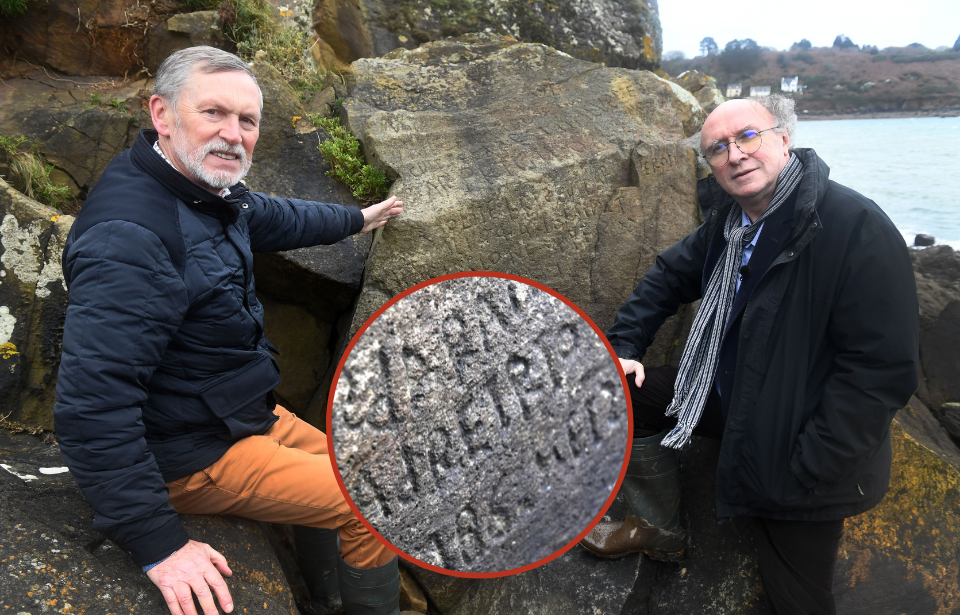A stone with mysterious markings carved into it was found in France decades ago, leaving researchers to wonder what the markings could possibly mean. People in the town where the stone is located held a contest to reach a wide range of puzzlers in an effort to further their understanding of the carving. After a long period of decoding and deliberating, new revelations were discovered.
The mystery of the inscription
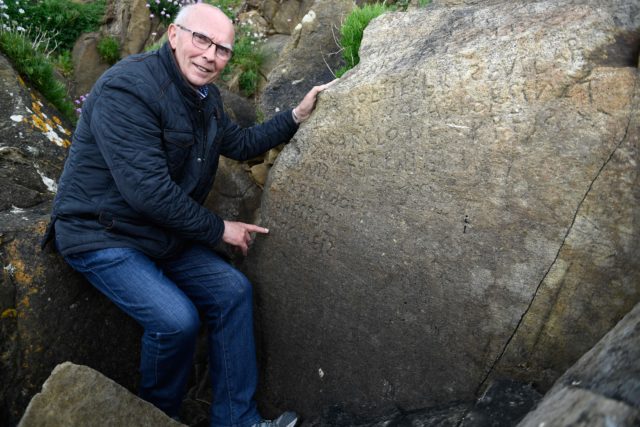
In May 2019, the small French commune of Plougastel-Daoulas began a puzzle competition hoping to finally translate the inscription found on a 230-year-old rock that had stumped experts for decades. Researchers learned of the rock’s inscription in 1979 but no one had been able to come up with a proper translation for the 20 lines carved into the stone. Additionally, the three-foot-tall rock is located on the shores of the commune and is only accessible during low tide.
Only one phrase, located at the top of the stone, had been translated previously. It reads, “Through these words, you will see the truth.” This seems like an ominous message that may provide clues as to the nature of the following inscription. During the contest, 61 submissions came in from all over the world offering potential translations of the remaining inscription. After a period of review, the jury finally came to a conclusion.
Two submissions won the contest
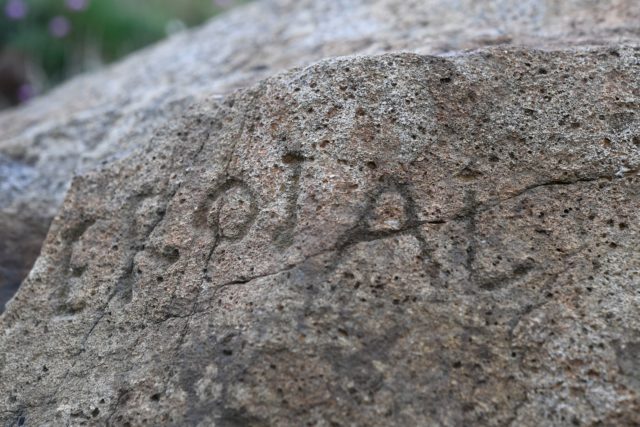
It took almost a year after the opening of the contest for submissions to be returned to the jury and deliberated. In the end, there wasn’t just one winner who presented the best translation, there were two. The first was Noël Rene Toudic, a Celtic studies expert and English professor. The second was a duo: writer Roger Faligot and comic artist Alain Robet.
Both responses reached a similar conclusion: that the inscription was about a man, possibly named ‘Serge,’ who died near a beach prior to the French Revolution. However, each translation has its own interpretation of how the individual mentioned in the inscription died, as well as how the inscriber actually knew who they were writing about.
The message
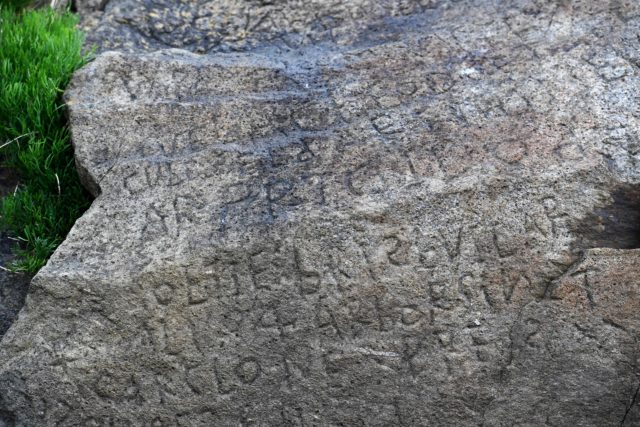
The stone is inscribed with the signature of someone named Haloteau and is dated May 8, 1786. In Toudic’s interpretation, he suggests that the inscriber was a soldier named Grégoire Haloteau. He believes that Haloteau wrote the inscription in memory of his friend Serge Le Bris who died at sea. In his translation, the stone reads, “Serge died when, with no skill at rowing, his boat was tipped over by the wind.”
Faligot and Robet’s interpretation, however, is a bit more sinister. They believe that Serge may have died at the hand of another. In their translation, the inscription reads, “He was the incarnation of courage and joie de vivre [or zest for life]. Somewhere on the island he was struck, and he is dead.”
Why its translation is so difficult
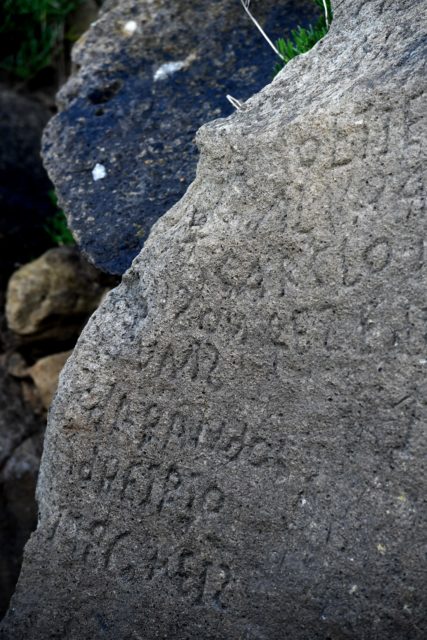
The reason the inscription is so difficult to translate is that it seems to contain a combination of multiple languages. The majority of the text resembles 18th-century Breton, a Celtic tongue that appeared during the medieval period in the eastern parts of France. As the language had no standardized spelling at the time, the carving is phonetically written out, adding even more difficulty to the task of translating.
Mixed in with the Breton characters, there are also several Scandinavian Ø letters, as well as some French characters written upside-down. Some believe that there are also Welsh characters mixed into the inscription. Beyond the combination of languages, researchers agree that the person responsible for carving the message was semi-illiterate.
There’s still more to decipher
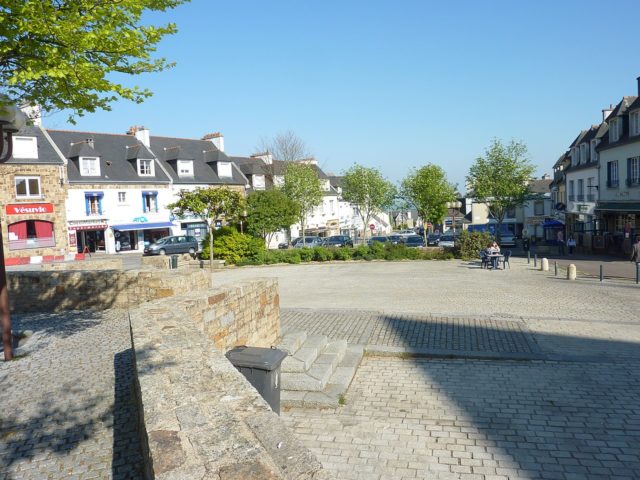
The date inscribed on the stone correlates to a period when a fort was being renovated nearby. “Maybe people working in the fort had free time to come here in the evening,” said Michel Paugam, the town’s heritage and historical site manager. “It takes time to engrave like that, at least several days. Perhaps they set up a campfire over there, a picnic over there, and one of them worked on the inscription.”
Whoever carved the message “had expertise in sculpting and the material,” Paugam said. “Writing we’re less sure, it’s possible someone else was telling the engraver what to do, but they were definitely from the profession. They knew how to etch into stone.”
More from us: The Treasure Of Gangster Dutch Schultz Is Somewhere Beneath New York… Probably
For their contributions, the winners of the contest split the €2,000 prize. However, much of the carving’s message is still unknown. The mayor of the commune, Dominique Cap, said that one-fifth of the inscription still needs to be translated. “There is still a way to go to solve the mystery completely,” he said. Perhaps we will never know what the writer intended to say centuries ago.
